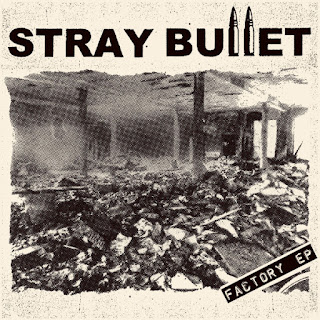Sobriquet 45.8
The following post was originally published on 8/7/08.
Well, today sort of made up for yesterday. Whereas I spent the better part of Wednesday afternoon sleeping and the majority of the evening procrastinating, I finished my work relatively quickly today and, despite playing computer games for a few hours, I fit some exercise and housecleaning into my schedule, too.
At any rate, I would like to discuss what I have been reading these past few days, if only briefly, so you'll have to forgive me for making such an abrupt transition . . .
Of the four essays I read, David Attwell's "Race in Disgrace" and Michael Holland's "'Plink-Plunk': Unforgetting the Present in Coetzee's Disgrace" stand out as particularly strong readings of the novel. Attwell, as always, draws upon his enviable familiarity with Coetzee's writing to expose the rampant critical misinterpretations, misapprehensions, misrepresentations, and misunderstandings in much of the commentary inspired by Disgrace. Using the ANC's treatment of the novel in its submission to the Human Rights Commission as a starting point, Attwell identifies several instances where readers have deliberately racialized the text in order to serve their own political ends. Referring to the controversy over the novel's "socially mimetic function" as "an over-heated discussion about what is the least complex - and arguably least interesting - area of the novel's performance," Attwell addresses several of the more egregious "creative misreadings" of Disgrace before integrating the discussions arising from them into his extensive examination of the "ethical turn" David Lurie undergoes during the course of the novel (332, 333, 339).
Michael Holland's essay, taken from the same issue of interventions in which Attwell's article appears, examines how Coetzee "relegate[s] the defunct language of western masculinity to the past" in order to posit a new means of communication fit for post-apartheid South African society (395). Reading David Lurie's position in the novel as one of deeply existential isolation, Holland discusses how the pull of Lurie's nostalgia for an unattainable, romanticized past intensifies the former professor's temporal displacement and contributes to his disgrace. It is through the comedically pathetic music of his diminished operetta, ultimately, that David Lurie discovers "the absolute priority of the raw material of language" and is able to bring the "reader of the novel in direct contact with the immediate present of material existence," bringing him or her to a purer, more visceral understanding of existence as well as the means of communicating and processing that experience (404). Obviously, there is much more to the article than what I have mentioned here, but the complexity and insight of Holland's reading really cannot be summarized without necessarily diminishing one of the strongest readings of Disgrace yet published. In other words, you should read it yourself.
Despite the seemingly gratuitous exposition on the workings of literary criticism in a poststructural paradigm with which H. P. van Coller begins "A Contextual Interpretation of J.M. Coetzee's Novel Disgrace," the critic does make several important contributions to the body of Coetzee criticism. The most convincing section of the essay is van Coller's excellent discussion of Disgrace's relationship to the plaasroman, especially in regards to the transgenerational significance of the farm in the South African (especially Afrikaans) literary imagination. While the rest of the essay touches upon several interesting aspects of the novel, I find the section on the plaasroman to be on par with some of the best readings of Disgrace that I have come across and will, in all likelihood, draw upon van Coller's insights when writing the chapter on Disgrace.
The fourth and final essay I read was Benaouda Lebdai's "Bodies and Voices in Coetzee's Disgrace and Bouraoui's Garcon Manque," which focuses primarily on Lucy Lurie's role in the novel. Viewing the female body as the field upon which historical anxieties are enacted, Lebdai presents one of the more comprehensive readings of Lucy's character and, in the end, paves the way for future examinations of corporeality in the novel.
For tomorrow: More reading.
Works Cited
Attwell, David. "Race in Disgrace." interventions 4.3 (2002): 331-341.
Holland, Michael. "'Plink-Plunk': Unforgetting the Present in Coetzee's Disgrace." interventions 4.3 (2002): 395-404.
Lebdai, Benaouda. "Bodies and Voices in Coetzee's Disgrace and Bouraoui's Garcon Manque." Cross Cultures 94 (1999): 33-44.
Van Coller, H.P. "A Contextual Interpretation of J.M. Coetzee's Novel Disgrace." A Universe of (Hi)stories: Essays on J. M. Coetzee. Ed. Liliana Sikerska. Frankfurt: Peter Lang, 2006. 15-37.




Comments
Post a Comment